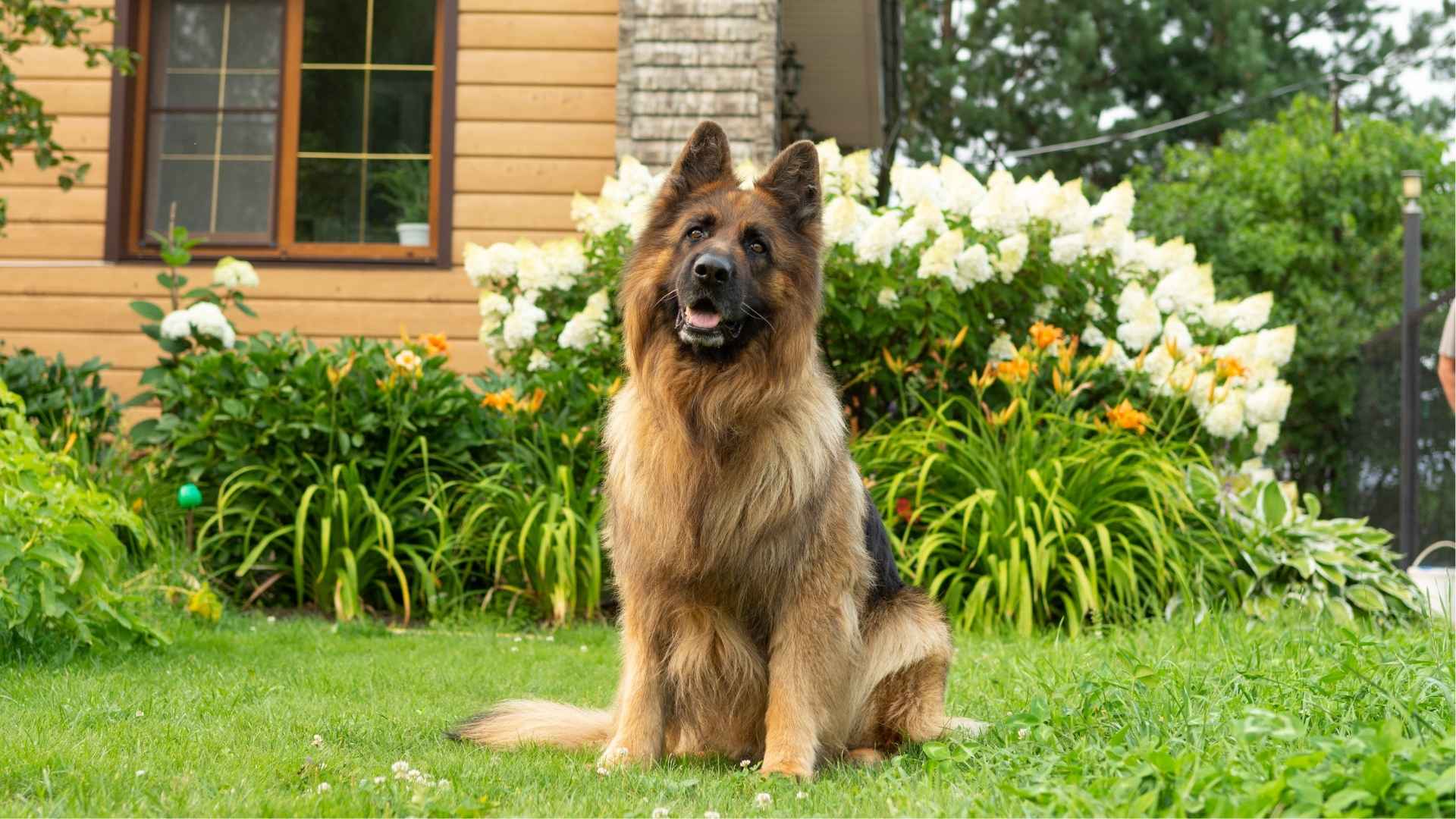When considering a guard dog for your home, it’s natural to seek a balance between protection and gentleness. According to the American Kennel Club (AKC), many large breeds are both loyal protectors and gentle companions.
You want a dog that watches over your home yet melts into a loving, loyal friend when it’s family time. Some breeds fit this description perfectly, they’re big enough to make intruders think twice but gentle enough to cuddle up on the couch with your kids.
If you’ve ever wondered which dogs can guard your home without being overly aggressive, you’re in the right place. Let’s explore seven large breeds that bring the best of both worlds: protective instincts with a heart full of love.
Large Guard Dog Breeds with a Gentle Nature for Home Security
1. Akita
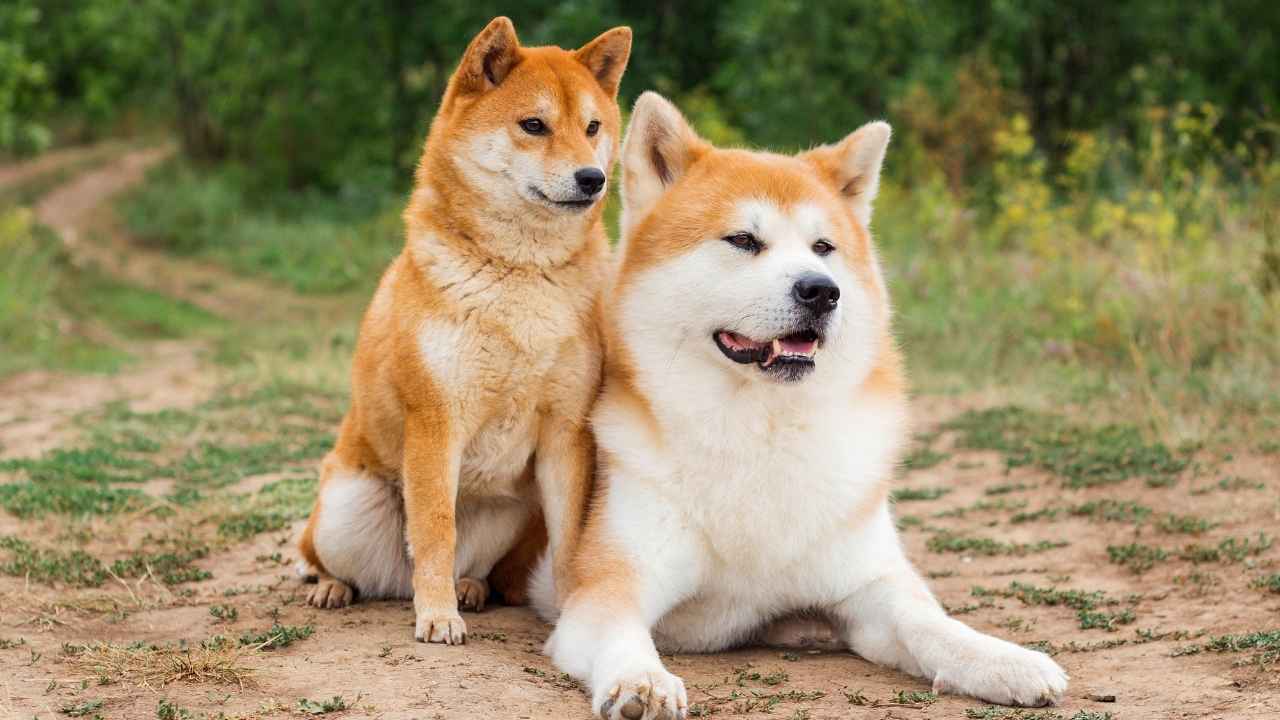
Akitas, originally bred in Japan’s mountainous regions, have a deep-rooted history as protectors and companions. Their unwavering loyalty and strong protective nature make them a powerful yet devoted addition to any home.
Britannica mentioned that with their imposing stature and naturally alert demeanor, Akitas are excellent guard dogs that instinctively watch over their families. They are highly perceptive, always assessing situations, and will not hesitate to stand between their loved ones and danger.
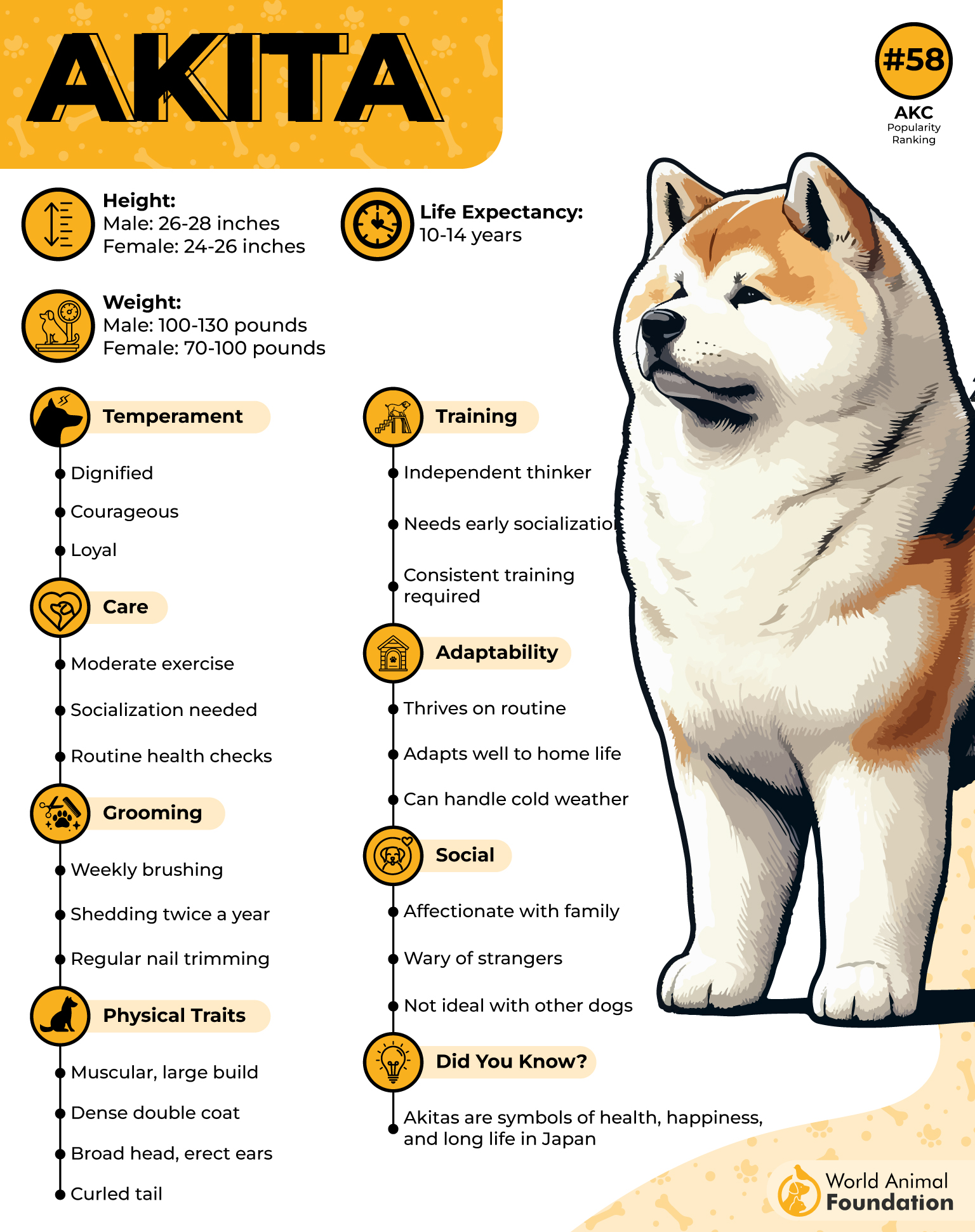
Despite their strong guarding instincts, Akitas form deep emotional bonds with their families and display a surprisingly gentle side. They thrive on close companionship, often showing affection through quiet presence rather than overt enthusiasm.
While devoted to their families, Akitas can be reserved with strangers and often show dominance toward other dogs. Their natural wariness makes them incredibly loyal but also means they require proper socialization from an early age.
Their thick double coat, built for harsh winters, requires regular brushing to prevent matting and excessive shedding. Twice a year, they go through a heavy shedding phase, during which their fur comes out in clumps.
Akitas have independent minds and require firm, consistent training from experienced dog owners. They respect strong leadership and respond best to training that is patient yet assertive, without being harsh.
Perhaps the most famous Akita, Hachiko, waited nearly a decade at a train station for his deceased owner, symbolizing the breed’s unmatched loyalty. This incredible devotion is why Akitas are not just guardians but lifelong, steadfast companions.
2. Bullmastiff
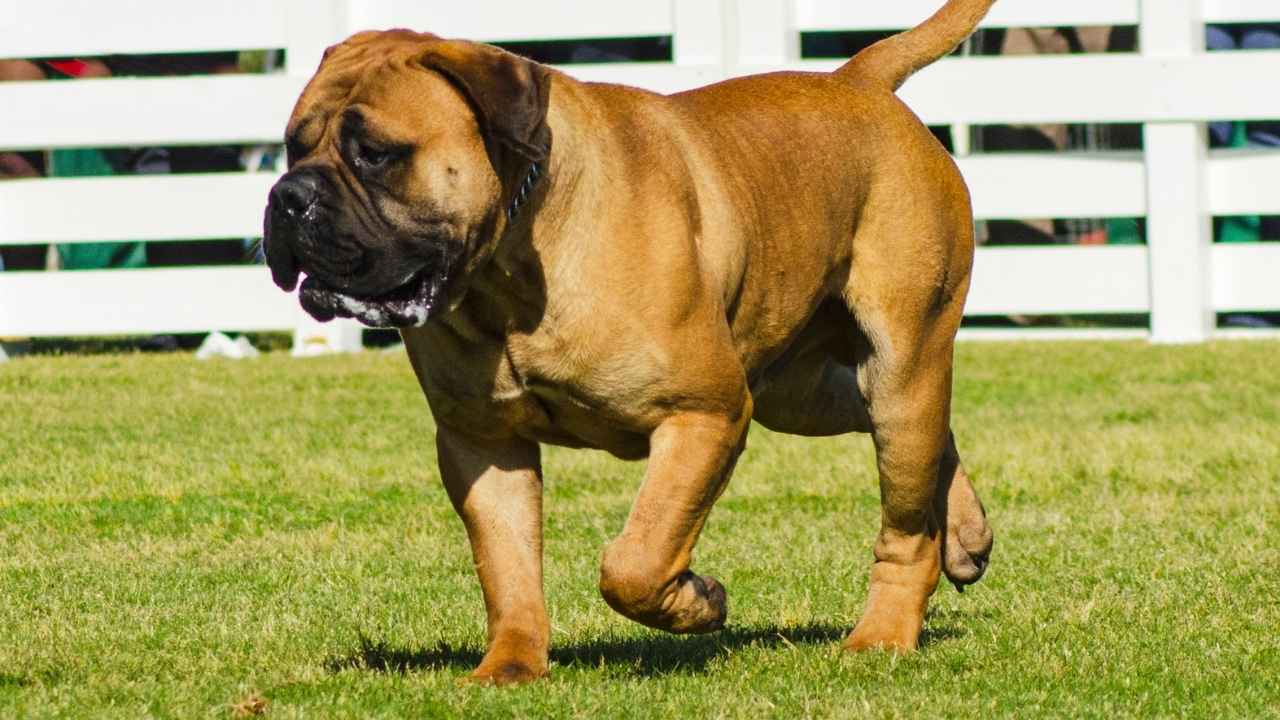
Bullmastiffs, developed in 19th-century England by crossing Bulldogs with Mastiffs, were originally bred to guard estates against poachers. Their immense strength and fearless nature made them ideal for silently tracking and restraining intruders.
With males weighing between 110 to 130 pounds, Bullmastiffs have a powerful build that makes them natural protectors. Their sheer presence is often enough to deter threats, yet they remain calm and composed unless provoked.
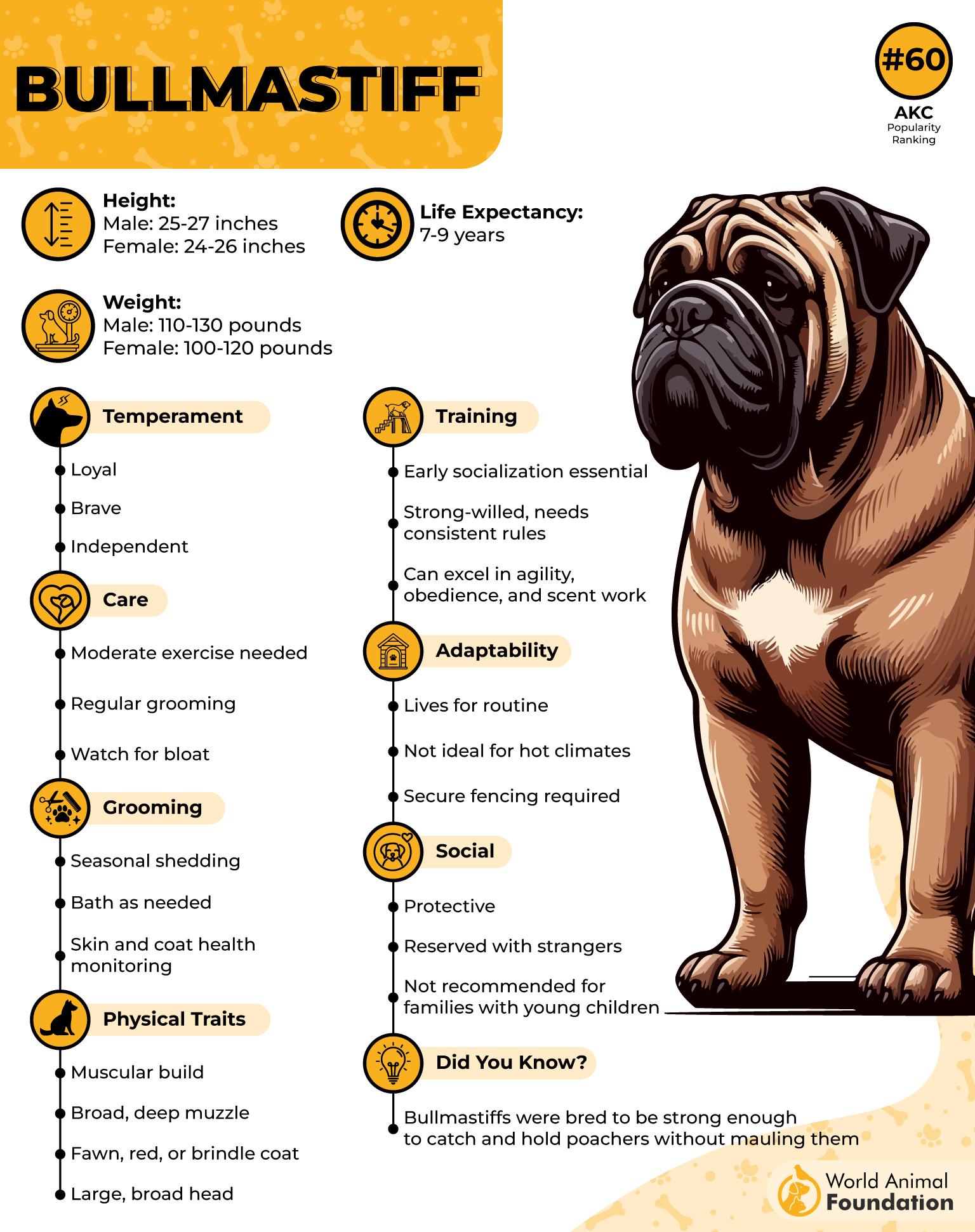
Despite their guarding instincts, Bullmastiffs are deeply affectionate and thrive on close family connections. They are particularly gentle with children, often showing patience and a nurturing side that surprises many.
These dogs are highly intelligent and quick to learn, but they also have an independent streak. Consistent, positive reinforcement works best, as they respond to firm guidance while maintaining their own strong-willed personality.
Their short, dense coat is low-maintenance, requiring only occasional brushing to keep shedding under control. However, they do drool quite a bit, especially after eating or drinking, so owners should be prepared.
Bullmastiffs are highly alert and instinctively guard property, standing watch without excessive barking. Their ability to stay calm under pressure makes them one of the most reliable watchdogs for families.
Unlike many other naturally protective breeds, Bullmastiffs were historically trained not to bite but to pin intruders down. Their silent yet effective approach to guarding makes them unique, using their strength to subdue rather than attack.
3. Cane Corso
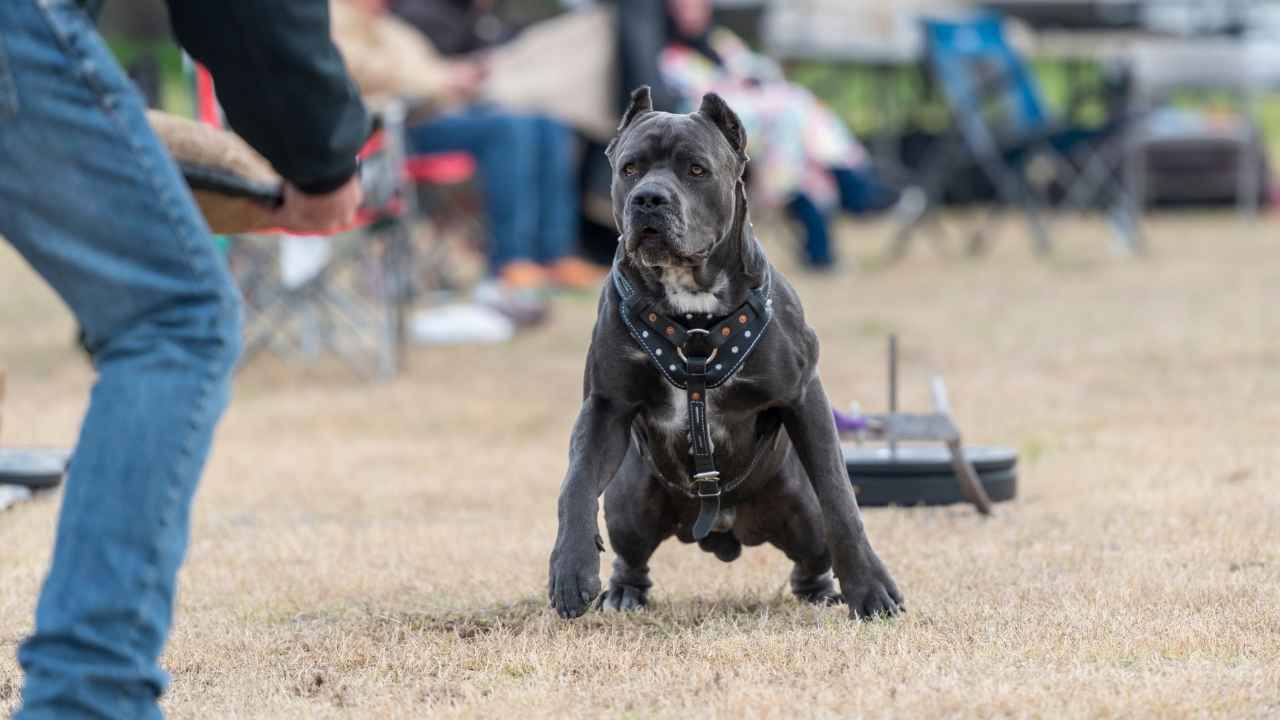
Cane Corsos, originally bred in Italy, trace their lineage back to ancient Roman war dogs known for their strength and bravery. These powerful canines were later used to guard farms and livestock, proving their versatility as working dogs.
Standing nearly 28 inches tall and weighing over 100 pounds, Cane Corsos have a muscular build that naturally commands respect. As vigilant guardians, they remain watchful of their surroundings, always ready to defend their loved ones if needed.
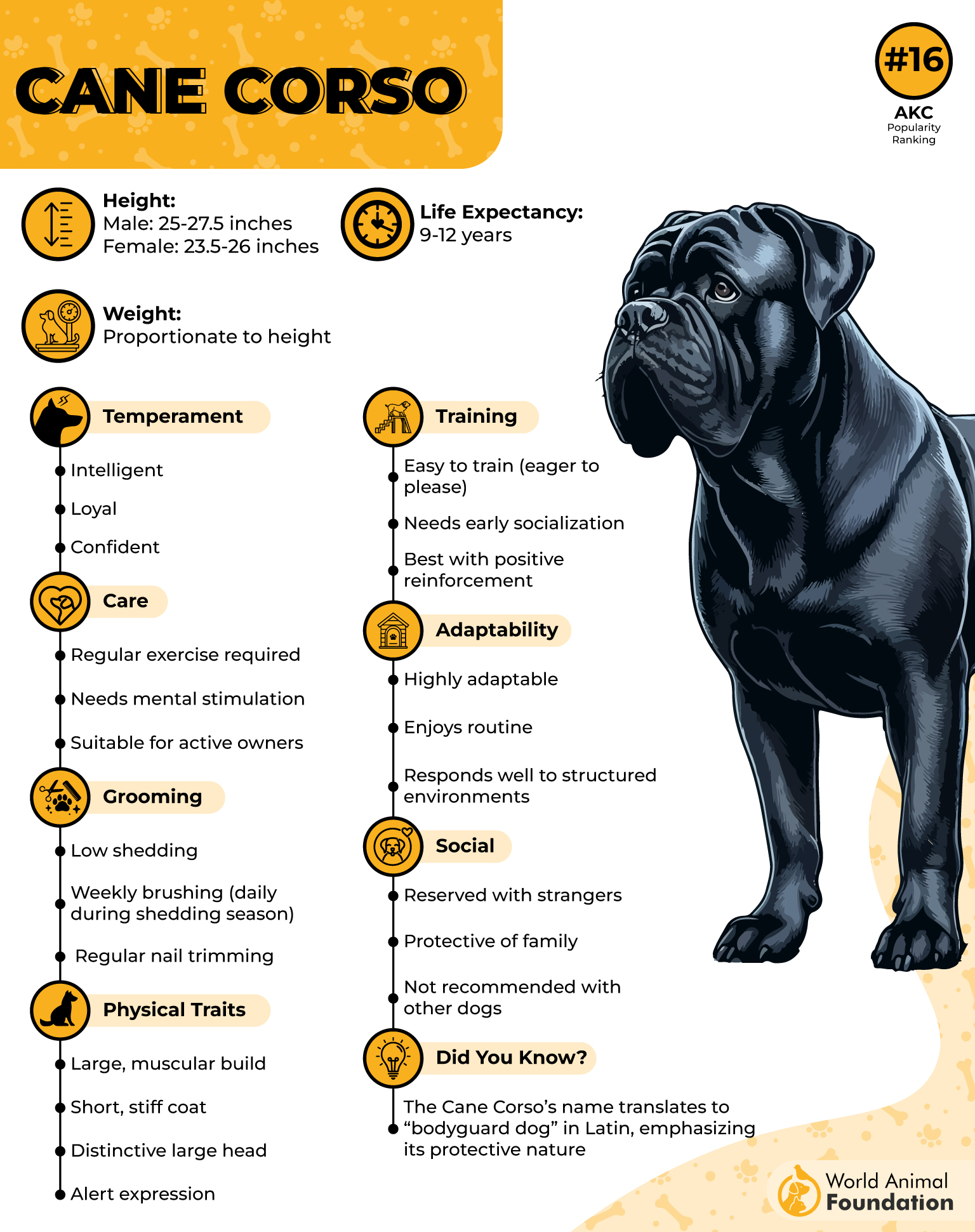
Despite their imposing stature, Cane Corsos have a deeply affectionate side and are incredibly loyal to their families. They form strong emotional bonds, often seeking closeness and quietly following their owners from room to room.
Their short, stiff coat is easy to maintain and only requires occasional brushing to keep shedding under control. Regular grooming not only helps with coat health but also strengthens the bond between the dog and its family.
Cane Corsos thrive when they have a purpose, whether it’s guarding, training, or spending time with their human companions. For a family seeking a loyal and active protector, this breed offers the perfect blend of devotion and strength.
Unlike some breeds that require constant encouragement, Cane Corsos are naturally eager to learn and respond well to firm, consistent training. Their intelligence allows them to pick up commands quickly, but they still need structured guidance to reach their full potential.
Interestingly, the name “Cane Corso” comes from the Latin word “cohors,” which means “protector” or “guardian.” This reflects their centuries-old reputation as fearless defenders, capable of safeguarding homes, property, and livestock with unwavering loyalty.
4. Great Dane
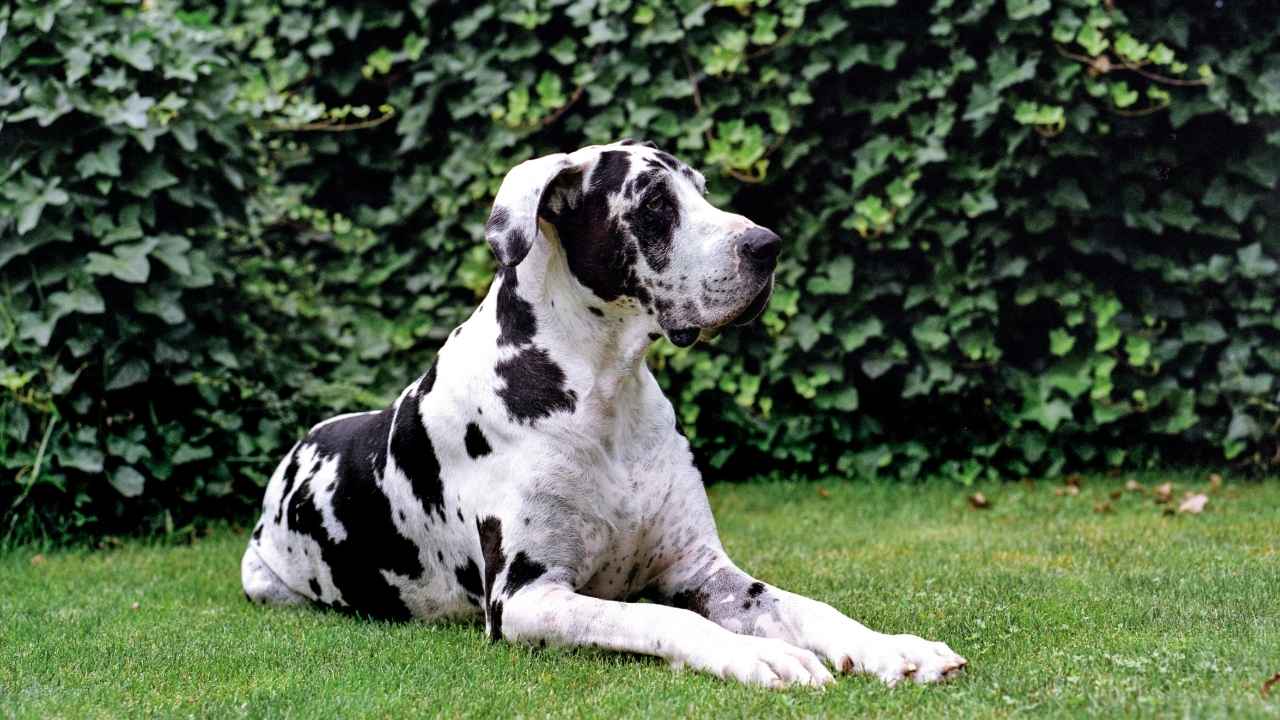
Great Danes, often called “gentle giants,” are among the tallest dog breeds, with males standing at least 30 inches tall and females slightly shorter. Despite their imposing size, they are known for their friendly and dependable nature, making them excellent companions.
Originally bred in Germany over 400 years ago, Great Danes were used for hunting wild boar, showcasing their strength and agility. Over time, they transitioned from fierce hunters to affectionate family members, adapting well to domestic life.
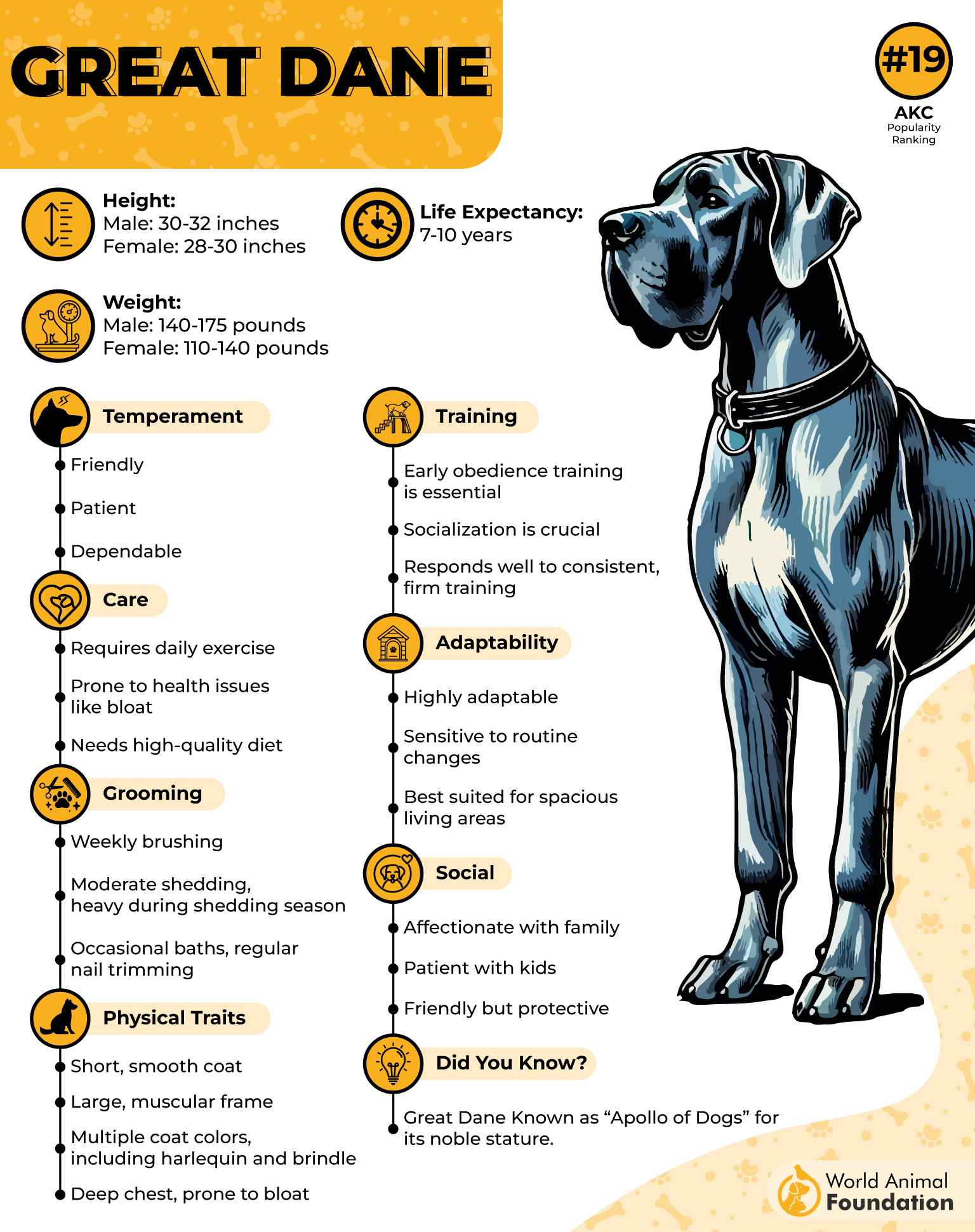
While they are generally friendly, Great Danes can be naturally suspicious of unfamiliar faces, making them effective deterrents to potential intruders. Their deep bark and imposing presence often suffice to keep threats at bay without the need for aggression.
These dogs form strong bonds with their families, often displaying a desire to be close to their human companions. Their affectionate nature means they thrive on companionship and can experience separation anxiety if left alone for extended periods.
Despite their size, Great Danes are known for their gentle demeanor, especially around children, making them suitable for families seeking a loving pet. Their patience and calm disposition often lead them to be dubbed “gentle giants.”
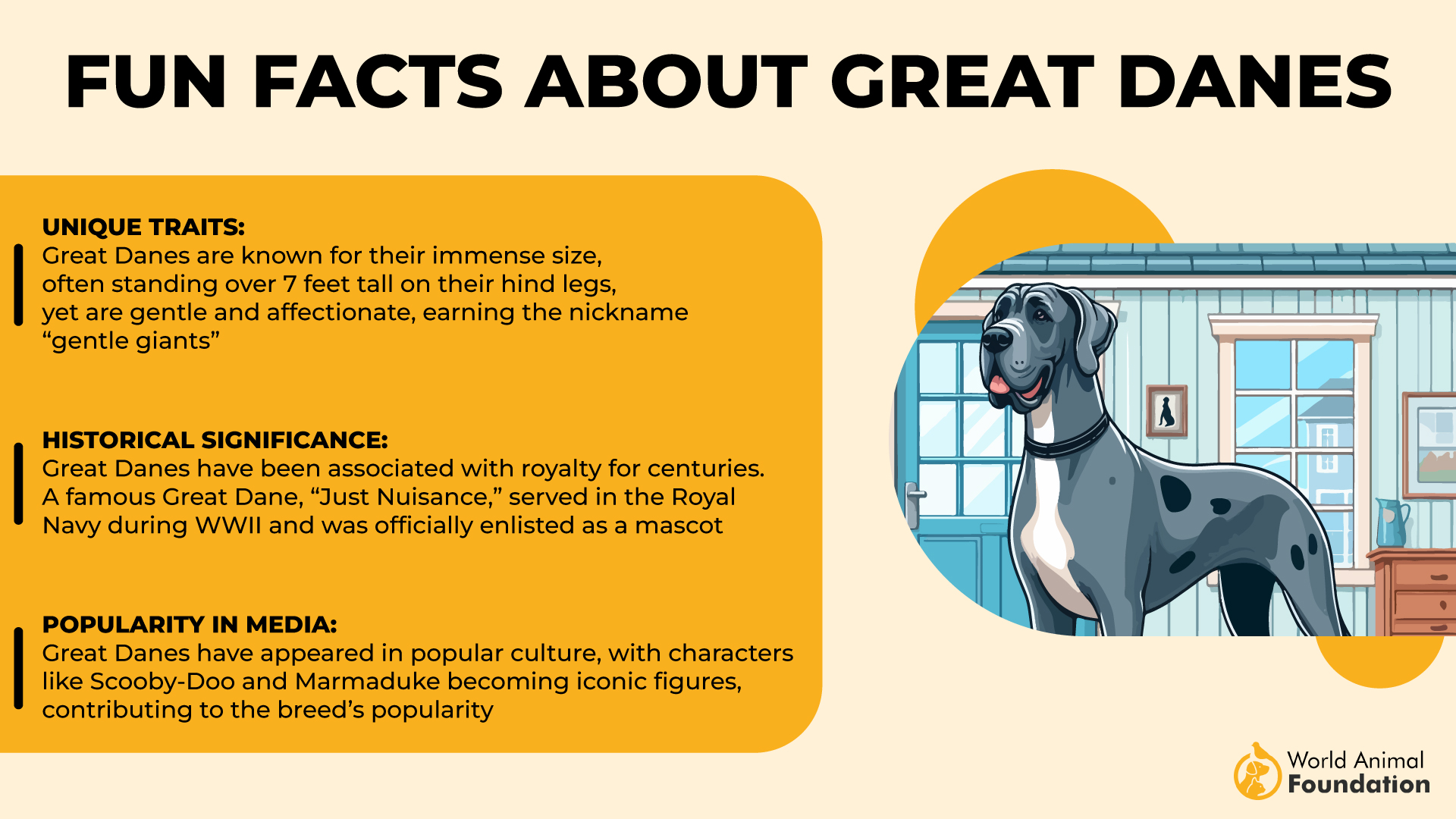
Their short coat requires minimal grooming, but due to their size, they need ample space to move comfortably. Prospective owners should ensure their living environment can accommodate a large breed that enjoys lounging but also needs regular exercise.
It’s essential to be aware that Great Danes have a shorter lifespan compared to smaller breeds, typically around 7 to 10 years, and are prone to certain health issues. Regular veterinary check-ups and a balanced diet are crucial to maintain their health and well-being.
5. Great Pyrenees
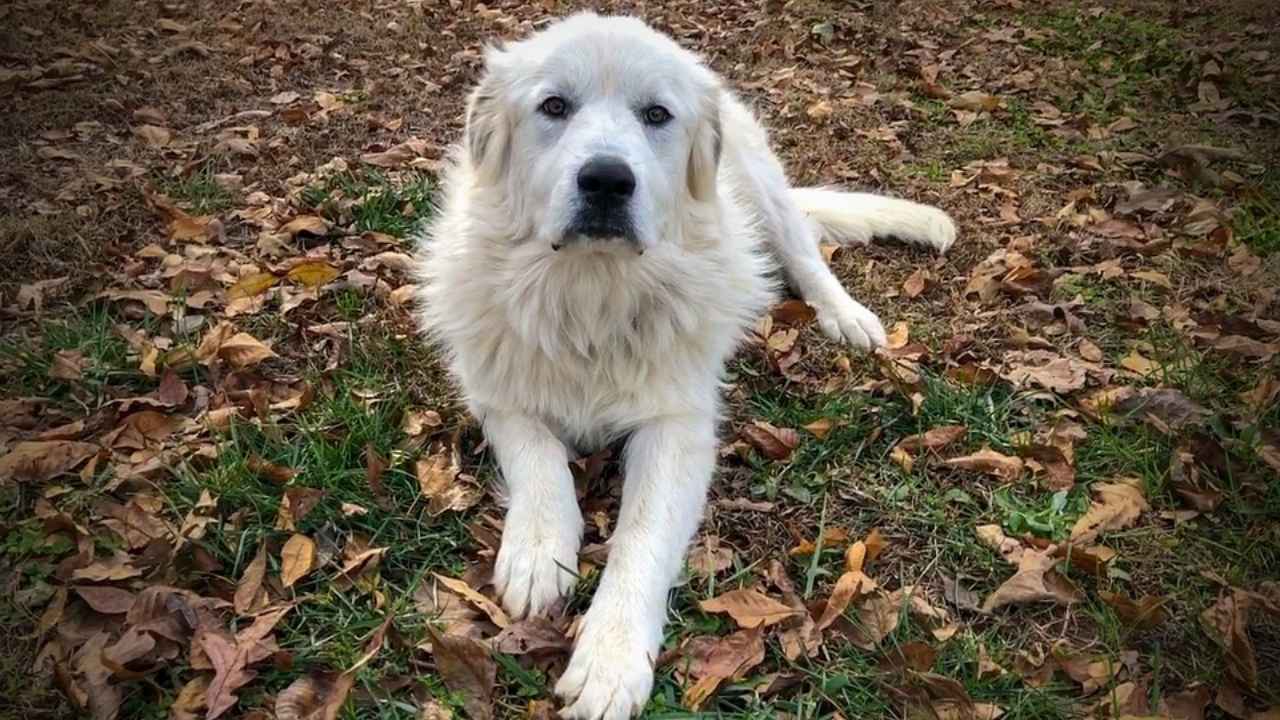
The Great Pyrenees, also known as the Pyrenean Mountain Dog, is a majestic breed renowned for its gentle and calm demeanor. Despite their imposing size, they are affectionate dogs and are patient, making them excellent companions for families.
Initially bred to guard livestock in the Pyrenees Mountains between France and Spain, these dogs have a rich history as diligent protectors. Their innate guarding instincts remain strong, often extending to their human families.
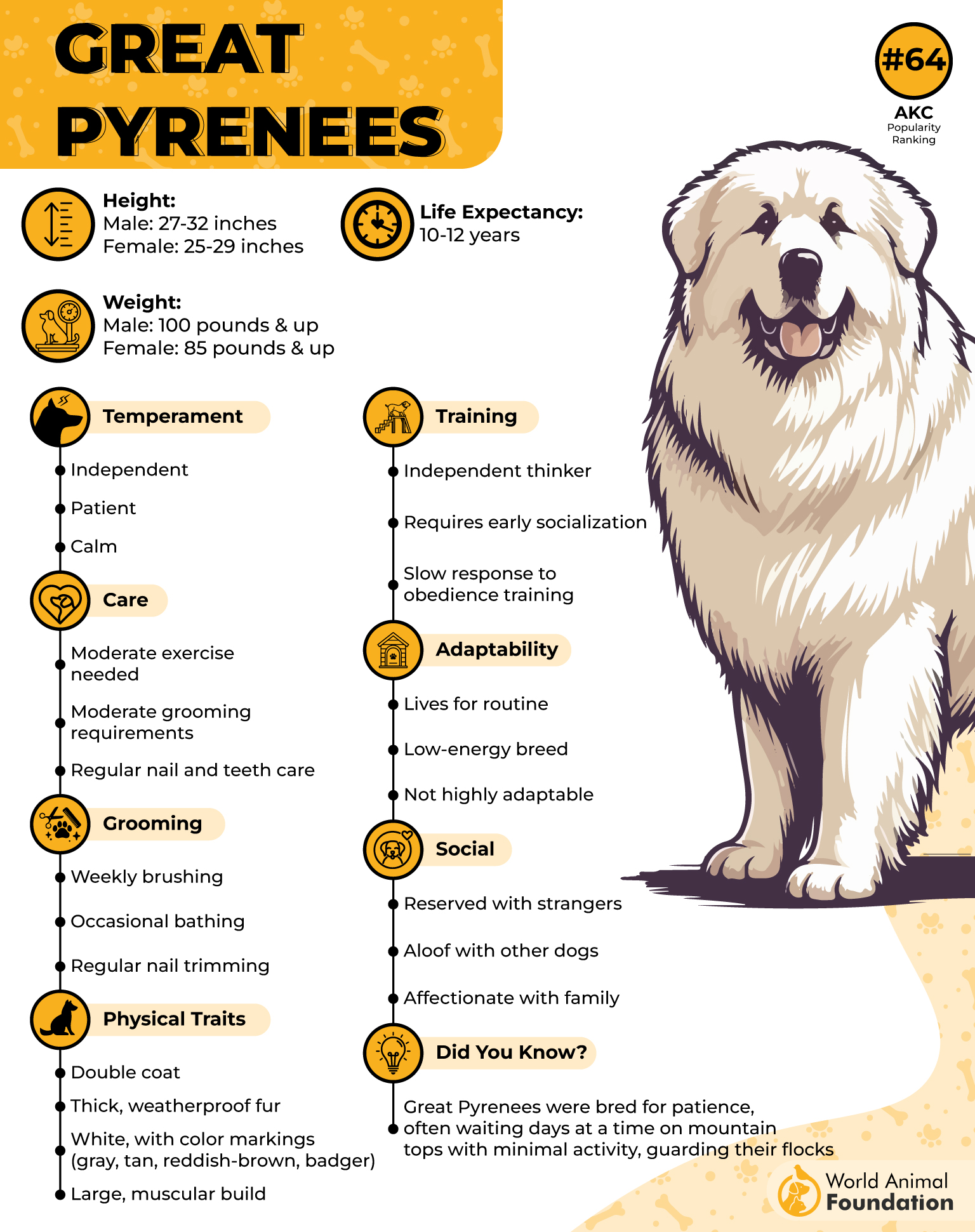
Hill’s Pet stated that their independent nature stems from centuries of making decisions while safeguarding flocks, which can sometimes translate to a stubborn streak. This independence requires patient training methods that respect their autonomy.
Great Pyrenees form strong bonds with their families, exhibiting deep loyalty and affection. They are particularly gentle with children, often acting as nurturing guardians within the household.
Despite their size, they have moderate exercise needs, benefiting from daily walks and playtime to remain well-behaved. Over-exercising, especially in young dogs, should be avoided to protect their developing joints.
Their thick, weather-resistant double coat requires regular grooming to prevent matting and manage shedding. This routine maintenance is essential to keep their coat healthy and comfortable.
Due to their size and fiercely protective instincts, Great Pyrenees need ample personal space and a secure environment. A spacious yard with proper fencing allows them to roam safely and satisfy their natural tendencies.
6. Doberman Pinscher
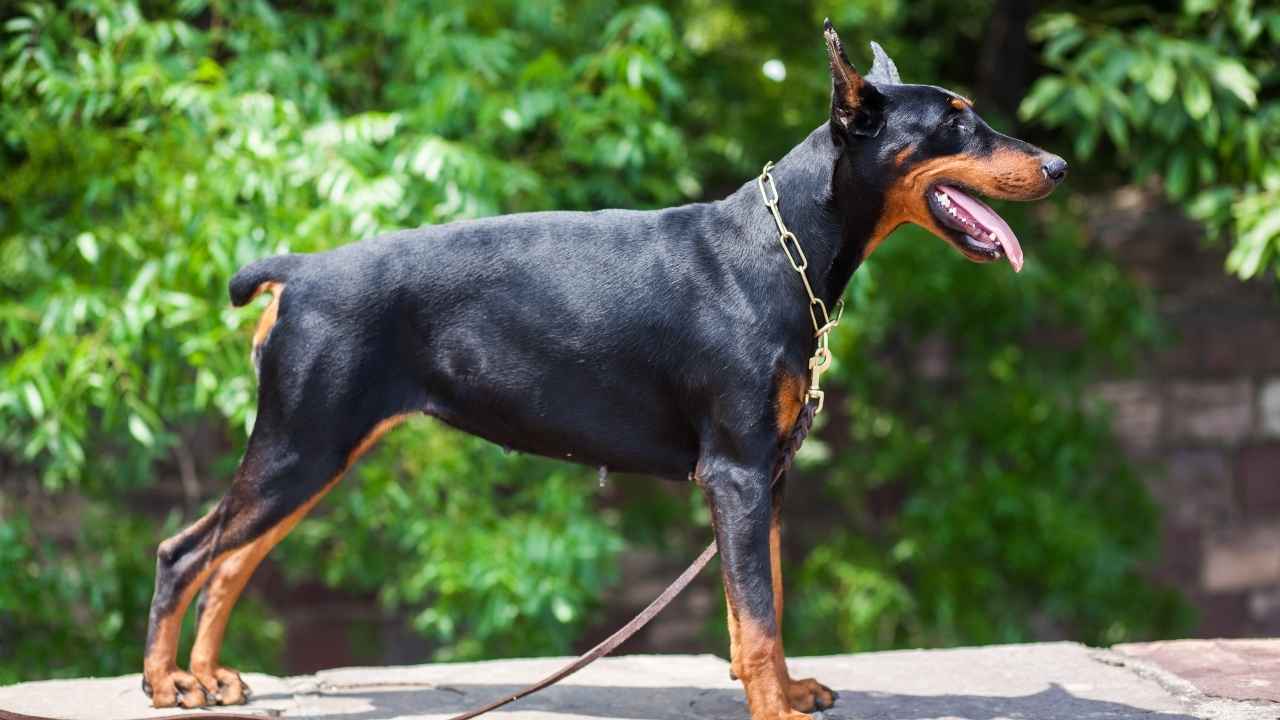
The Doberman Pinscher, developed in Germany during the late 19th century by Karl Friedrich Louis Dobermann, was initially bred to serve as a reliable guard dog and companion. This breed’s origin reflects its purposeful creation to meet specific protective needs.
Known for their sleek and intimidating presence, these muscular dogs possess a commanding appearance that can effectively deter intruders. Their physical stature contributes to their reputation as formidable protectors.
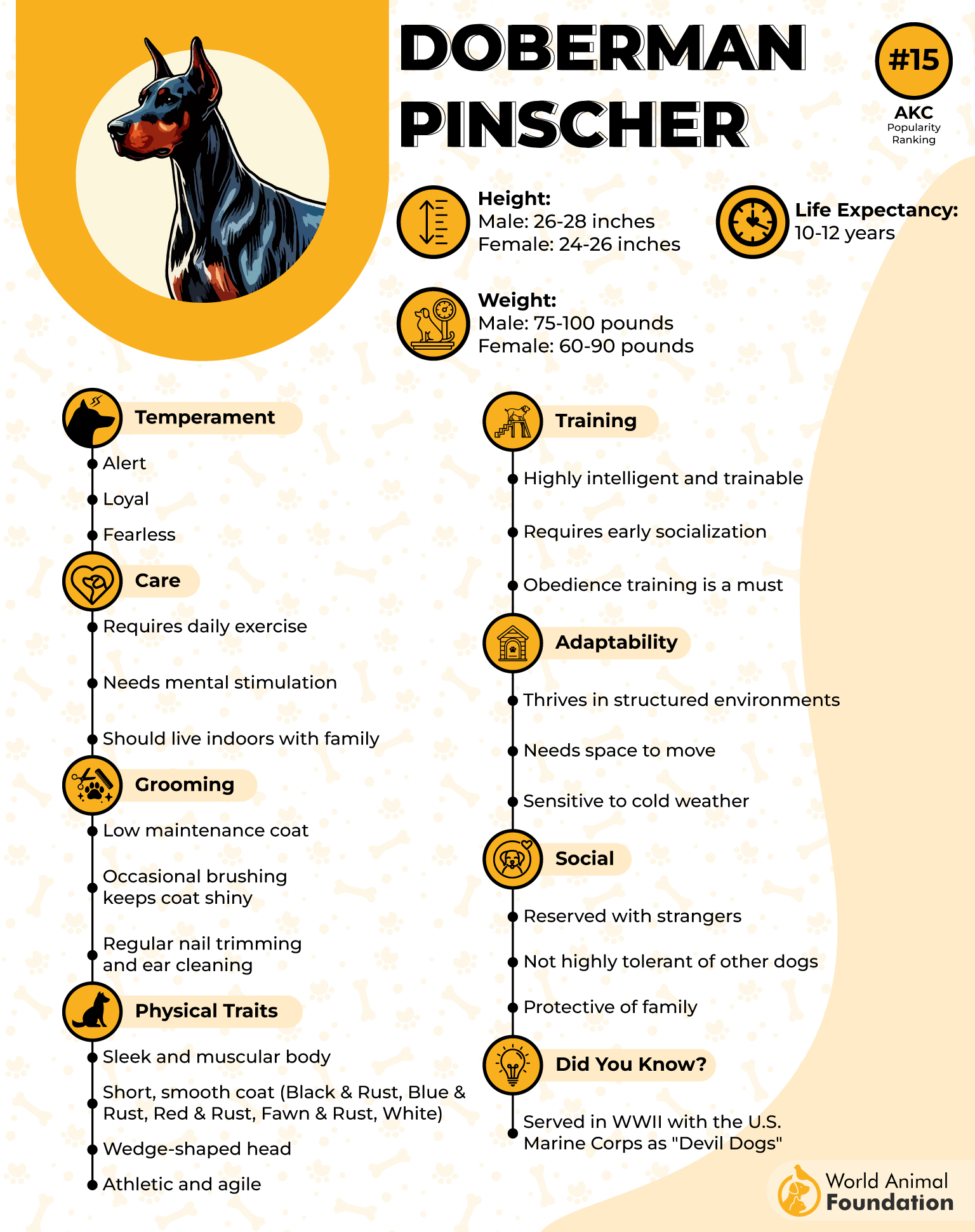
Despite their overly protective demeanor, Dobermans exhibit a playful nature, especially when interacting with their human families. They enjoy engaging in various activities, reflecting their energetic and affectionate side.
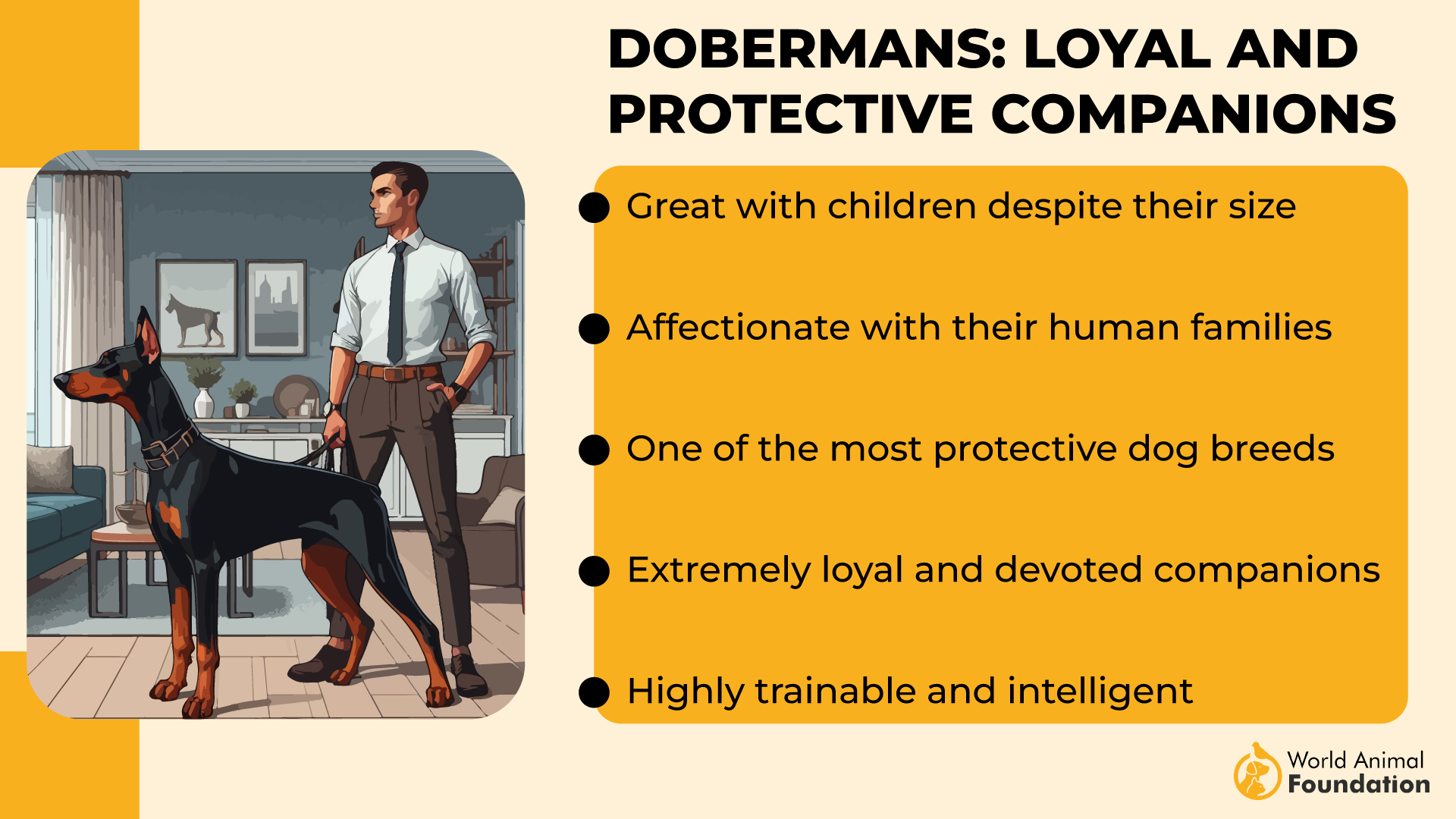
Their guarding abilities are notable, as they are naturally wary of strangers, making them vigilant watchdogs. This trait ensures they remain attentive to unfamiliar situations, enhancing their role as protectors.
To maintain their physical and mental health, Dobermans require ample exercise. Regular physical activity helps channel their energy positively and supports their well-being.
Proper training and socialization are crucial for Dobermans to develop into well-adjusted companions. Early exposure to various environments and consistent guidance help them integrate seamlessly into family life.
While not classified as herding dogs, Dobermans’ intelligence and trainability have enabled them to excel in various roles beyond guarding, including search and rescue and service work. This versatility showcases their adaptability and eagerness to work alongside humans.
7. Rottweiler
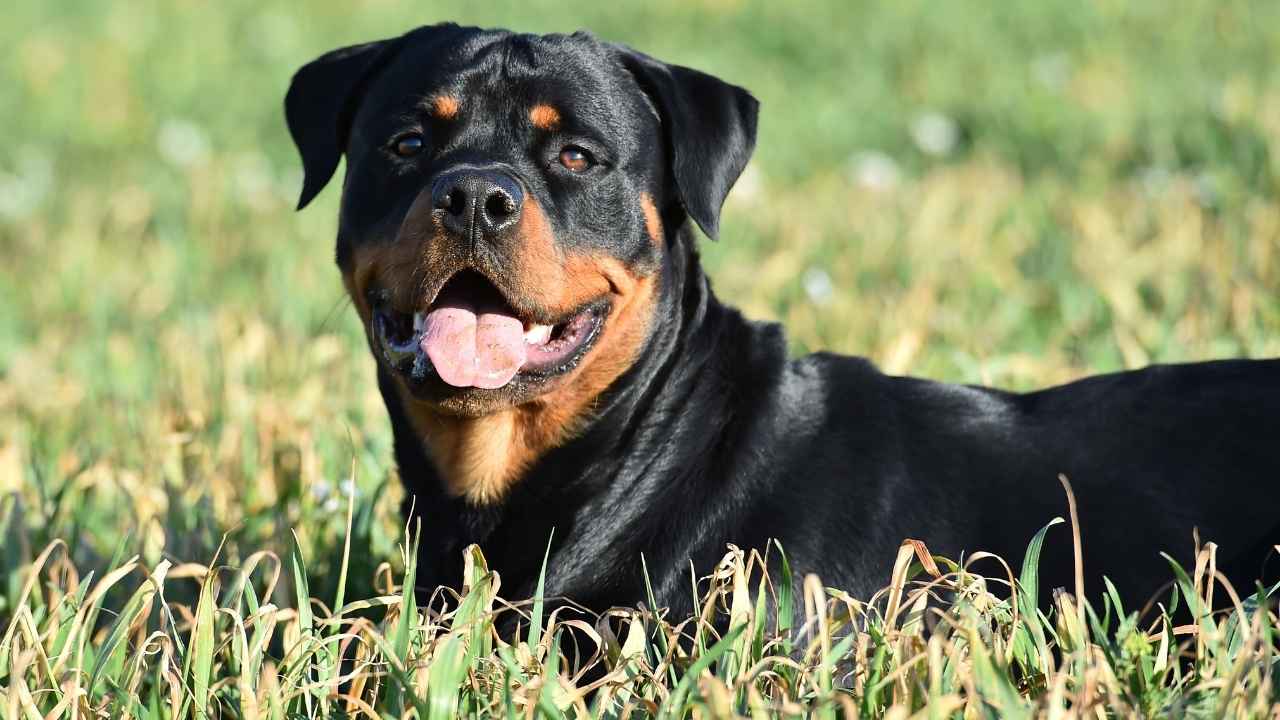
Rottweilers are robust, large dogs, with males typically weighing around 50 kilograms and females about 42 kilograms. Their compact, muscular build and distinctive black and tan markings give them a powerful yet noble appearance.
Historically, Rottweilers were known as “Metzgerhund” or “butcher’s dogs,” as they were used to herd livestock and pull carts laden with butchered meat to market. This working heritage showcases their strength and versatility.
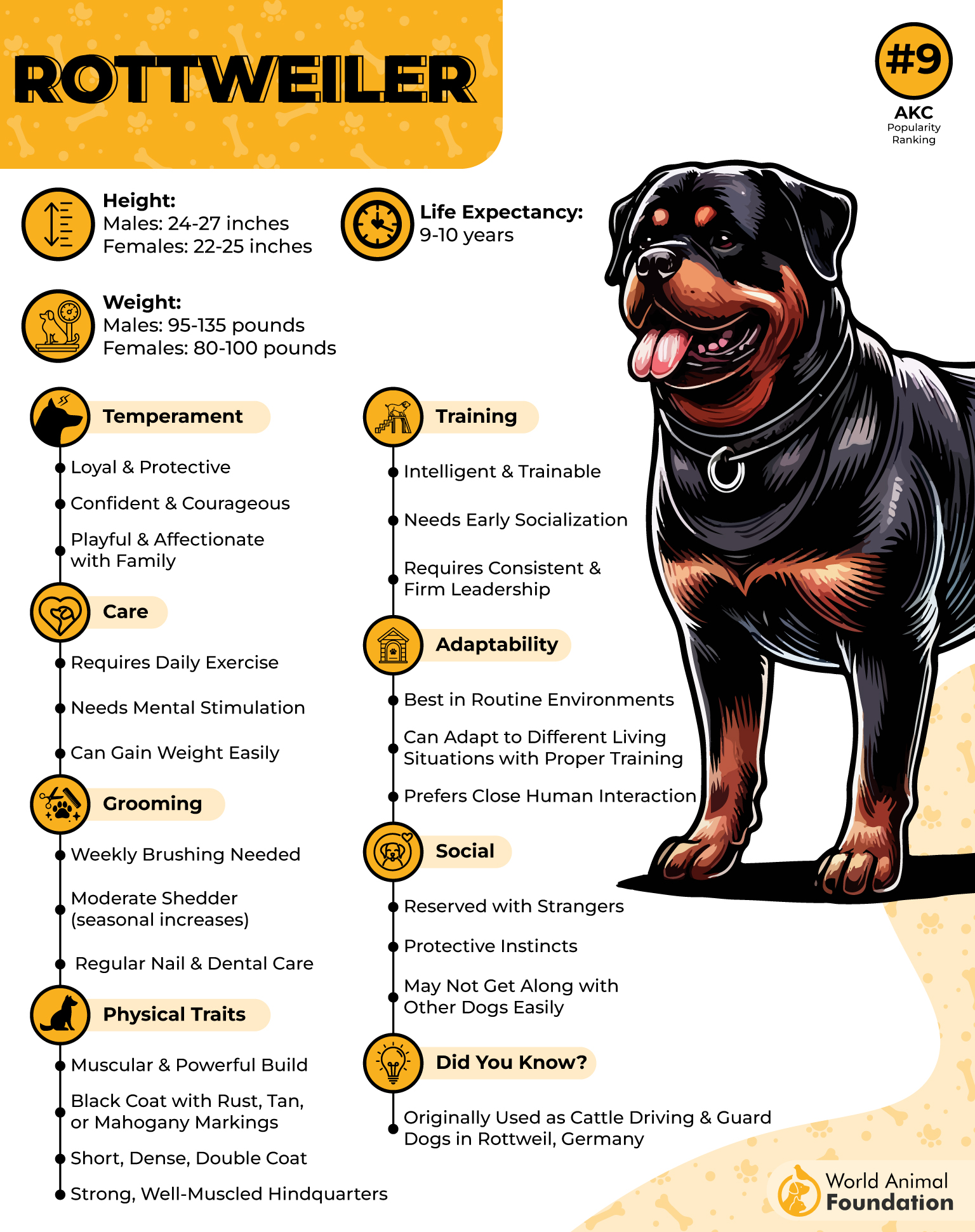
In modern times, Rottweilers have been utilized in various roles, including police and military work, search and rescue, and as therapy dogs. Their intelligence and adaptability make them suitable for diverse tasks.
Despite their formidable appearance, Rottweilers are incredibly affectionate with their families, often forming deep bonds and displaying a gentle demeanor, especially with children. They thrive in a loving family environment where they are included in daily activities.
Early socialization is crucial for Rottweilers to develop into well-rounded adults. Exposing them to various environments, people, and other animals helps ensure they are properly trained and comfortable in different situations.
To maintain their physical and mental health, Rottweilers require regular exercise and mental and physical stimulation. Activities like obedience training, agility courses, and interactive play can help channel their energy positively.
With proper training and a nurturing environment, Rottweilers can be loyal, loving companions who excel in various roles, from family pets to working dogs. Their versatility and deep sense of loyalty make them a cherished breed among dog enthusiasts.
Conclusion
Choosing the best guard dog for your home is about more than just size or strength—it’s about finding a companion that fits your lifestyle. A well-suited dog offers not only protection but also unconditional love and a deep bond with its family.
Each breed has unique traits, but individual dogs within those breeds can vary in personality and temperament. Some may be naturally protective, while others require more guidance to develop their guarding instincts.
To bring out the best in these loyal companions, it’s crucial to provide consistent training from an early stage. Patience, structure, and positive reinforcement help shape a dog into a confident and reliable family protector.
Some breeds, like the Giant Schnauzer, Bernese Mountain Dog, and Tibetan Mastiff, are also excellent choices for protection work. Their natural instincts, intelligence, and loyalty make them great additions to security-conscious households.
While German Shepherds and Staffordshire Bull Terriers are often praised for their protective qualities, the most important factor is finding a dog that matches your home’s needs. Commitment, proper training, and care will shape them into lifelong guardians.
Ready to find the perfect protective companion? Research carefully, connect with responsible breeders or rescues, and prepare to welcome a devoted guardian into your home!


